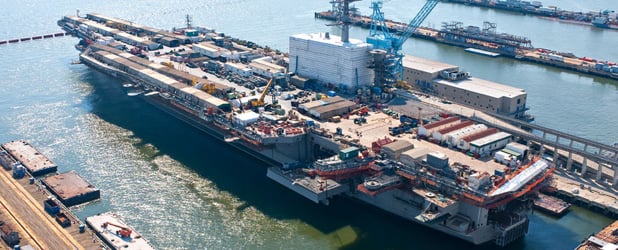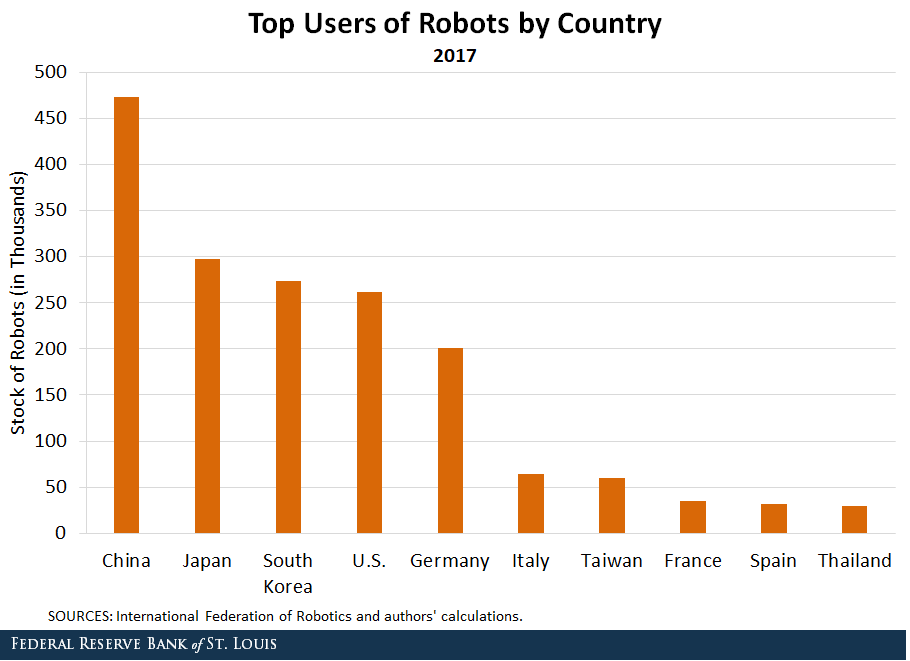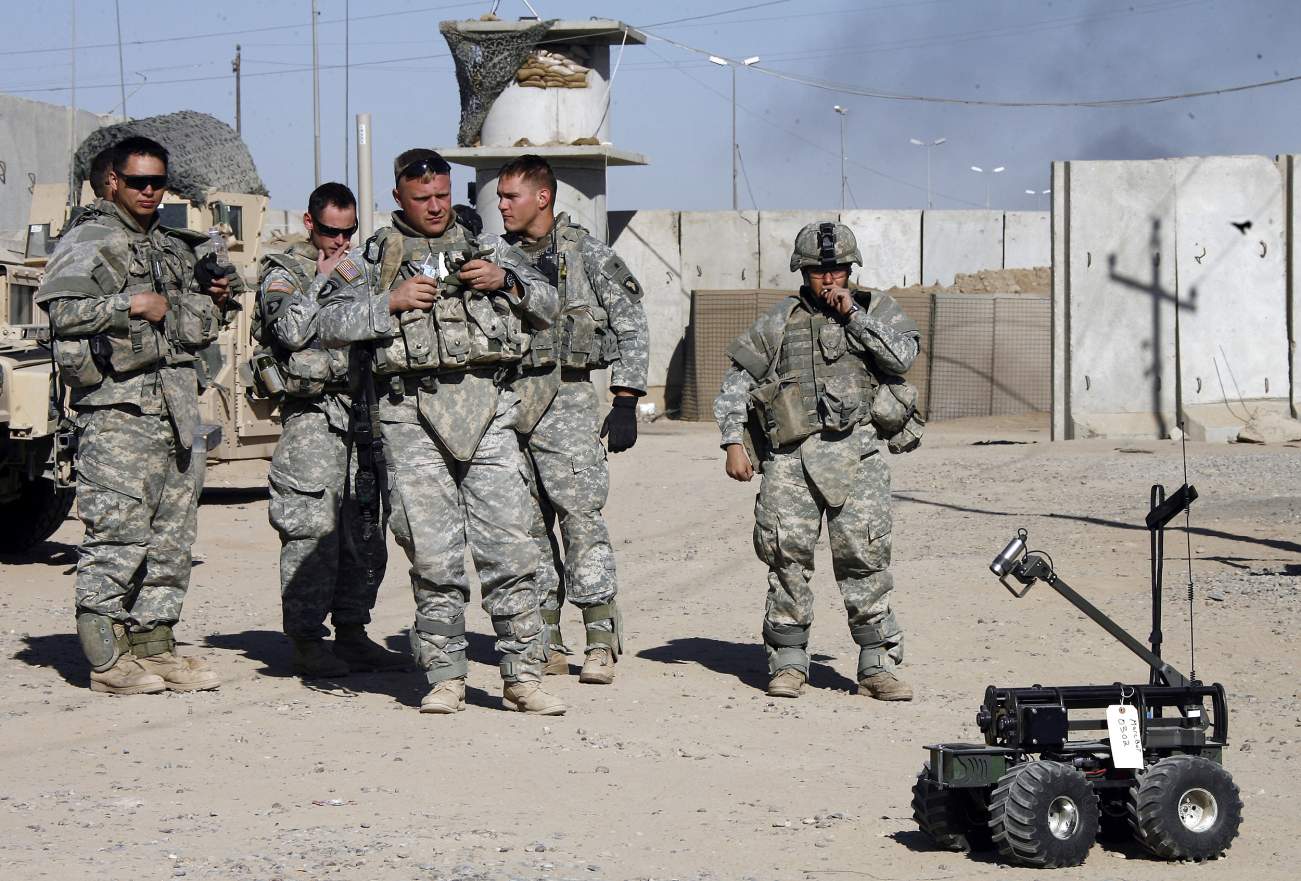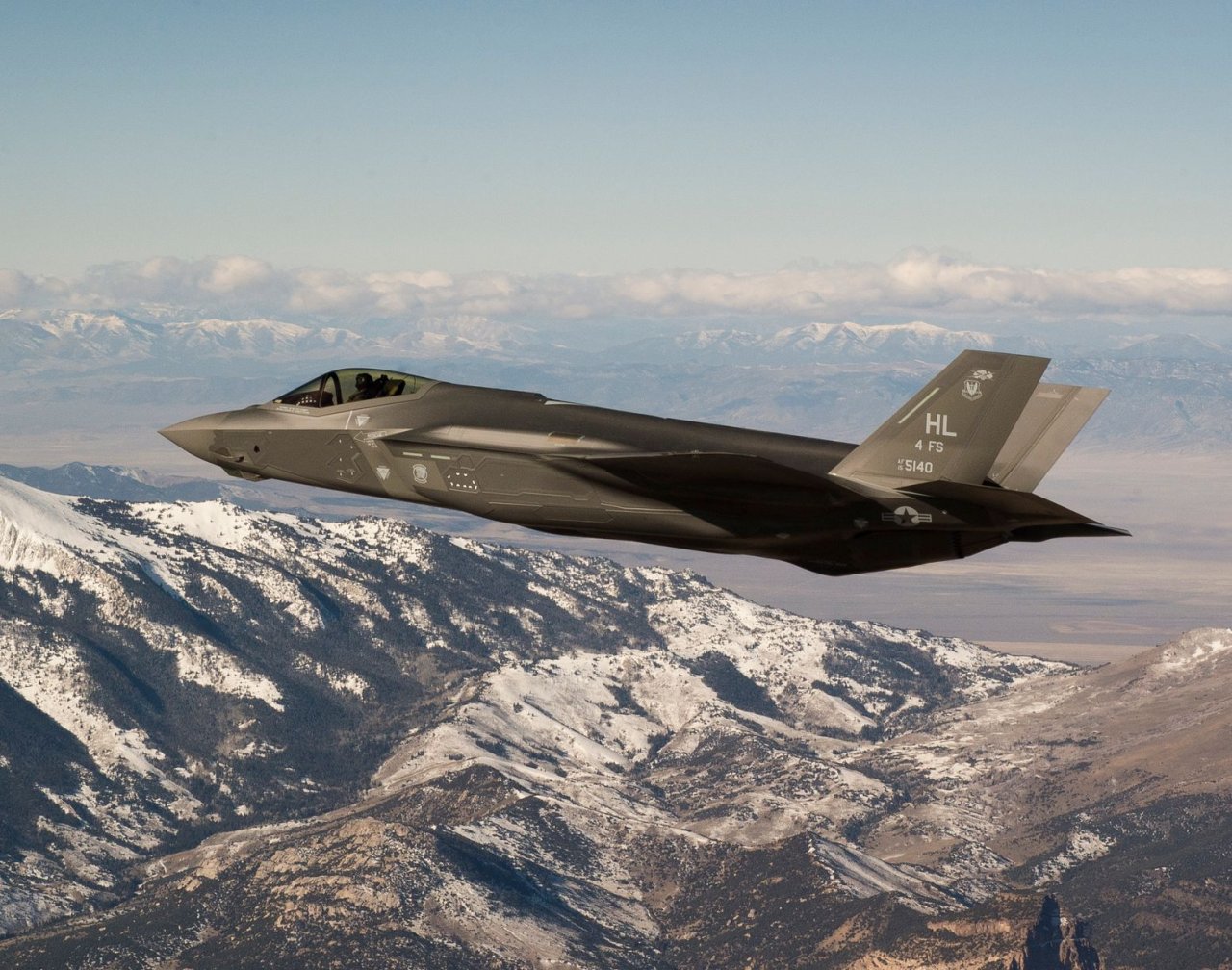By Connor Fairman
 After weathering two major cyberattacks this fall, India needs to step up its cybersecurity measures.
After weathering two major cyberattacks this fall, India needs to step up its cybersecurity measures.
In the past two weeks, India has acknowledged two major cyberattacks, both of which demonstrated evidence of North Korean involvement. The first attack was carried out against India’s newest and largest nuclear power plant, Kudankulam Nuclear Power Plant, while the second targeted the Indian Space Research Organization (ISRO), India’s space agency, during its failed moon landing mission in September.
These two incidents underscore criticism that India’s cybersecurity capabilities have failed to keep pace with Prime Minister Narendra Modi’s Digital India Initiative. Inadequate cybersecurity could turn the Digital India Initiative, which hopes to “transform India into a digitally empowered society and knowledge economy,” into a serious economic and national security vulnerability. To address its cybersecurity gaps, the Indian government should follow the examples of other Asian governments, such as Taiwan, and implement cybersecurity training for its government employees that meets international standards, develop a domestic cybersecurity workforce, and increase cybersecurity exercises with partner nations, especially in Asia.

















/arc-anglerfish-arc2-prod-mco.s3.amazonaws.com/public/KIHEED5KX5CODA2CO3MXBJEBBI.jpg)




